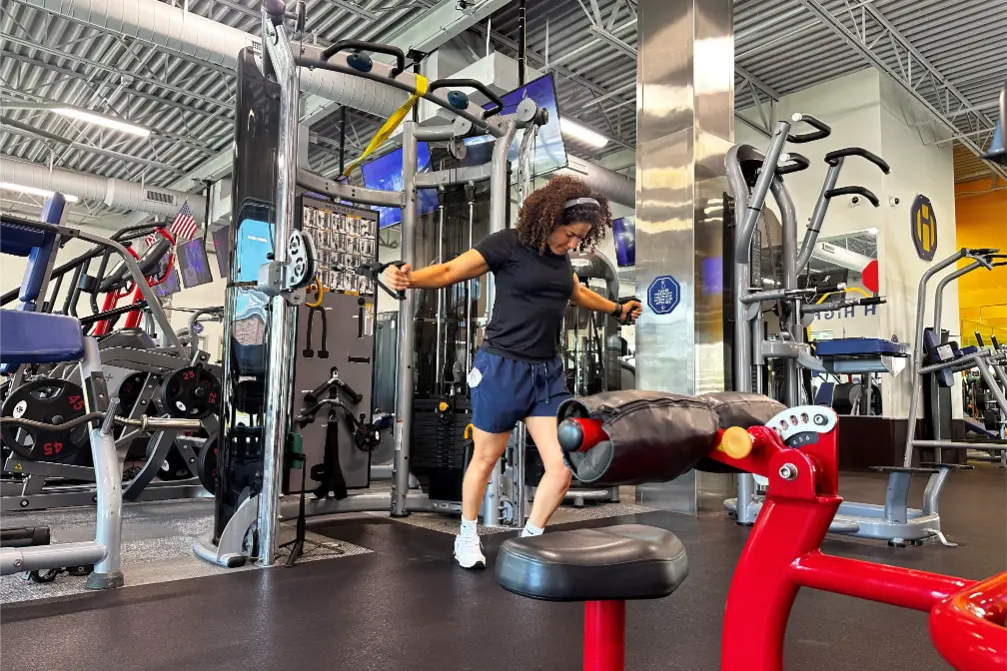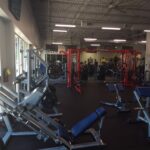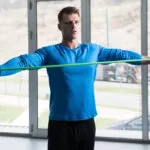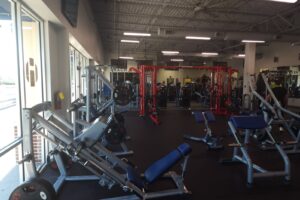Shoulder pain can be a frustrating barrier for many weightlifters, from beginners to seasoned pros. It’s not just about the discomfort—shoulder issues can severely limit your ability to perform lifts and, ultimately, progress in your training. Whether it’s a sharp pain during a bench press or a nagging ache after a session, understanding and addressing shoulder pain is crucial for every weightlifter.
The causes of shoulder pain
The shoulder is a complex ball-and-socket joint that allows a wide range of motion. It’s supported by muscles, tendons, and ligaments, including the rotator cuff, which keeps the arm in the shoulder socket and facilitates various movements. Due to its complexity and mobility, the shoulder is particularly susceptible to injury.
Shoulder pain in weightlifters is often due to overuse, improper lifting techniques, or insufficient warm-up. The rotator cuff and the labrum can suffer from repetitive stress or acute injuries during heavy or awkward lifts. Additionally, imbalances in muscle strength and flexibility can lead to suboptimal joint mechanics, straining the shoulder over time.
Prevention strategies
A dynamic warm-up that includes arm circles and light rotator cuff exercises can significantly reduce the risk of shoulder injuries. These activities increase blood flow to the muscles and prepare the shoulder joint for the demands of weight lifting.
Make sure to maintain correct lifting forms and techniques
Maintaining proper form is crucial. For example, keeping the elbows slightly tucked during bench presses or ensuring your shoulder blades are retracted during overhead presses can protect your shoulders from undue stress. Always focus on technique over lifting heavier weights.
If you need assistance with a proper weightlifting form, it is best to work with a personal trainer. For beginners in Gastonia who are interested in hiring a personal trainer, then make sure to visit HiTone Fitness.
Equipment that can help
Using supportive gear like wraps or braces can provide additional stability to the shoulder during heavy lifts. These aids should be used judiciously to avoid dependency and ensure that the natural strength and stability of the joint are not compromised.
It’s important to use weights that match your current level of strength and fitness. Progressively increasing the weight allows your shoulder and other muscles to adapt without being overwhelmed, reducing the risk of injury.
Exercises to strengthen the shoulder
Exercises like internal and external rotations with light dumbbells or resistance bands can strengthen the rotator cuff muscles, which are crucial for shoulder stability.
Incorporating exercises like the plank-to-push-up, which not only targets the shoulder stabilizers but also engages the core, can enhance overall stability and strength.
Flexibility and mobility work, such as stretching and yoga, can improve the range of motion and reduce tension in the shoulders. This is particularly important for maintaining healthy shoulder function and preventing injuries.
Common mistakes leading to shoulder pain
One of the most common pitfalls for weightlifters is the temptation to lift more weight than they can handle safely. Overloading not only strains the muscles but can also compromise the shoulder joint’s integrity, leading to injuries such as rotator cuff tears or shoulder impingement.
In addition, many athletes adopt a “no pain, no gain” mentality, but when it comes to shoulder pain, this approach can be harmful. Ignoring the early signs of discomfort and continuing to train can exacerbate injuries, turning what might be a minor issue into something that requires significant medical intervention.
When to seek professional help
If shoulder pain persists for more than a few days, intensifies over time, or occurs with every workout, it’s time to seek professional advice. Other red flags include pain that disrupts sleep, significant swelling or bruising around the joint, or a decrease in range of motion.
Final thoughts
Understanding the causes of shoulder pain, implementing prevention strategies, and recognizing when to seek help is crucial for any weightlifter. By adopting proper lifting techniques and integrating recovery practices into your routine, you can maintain healthy shoulders and continue lifting safely.







